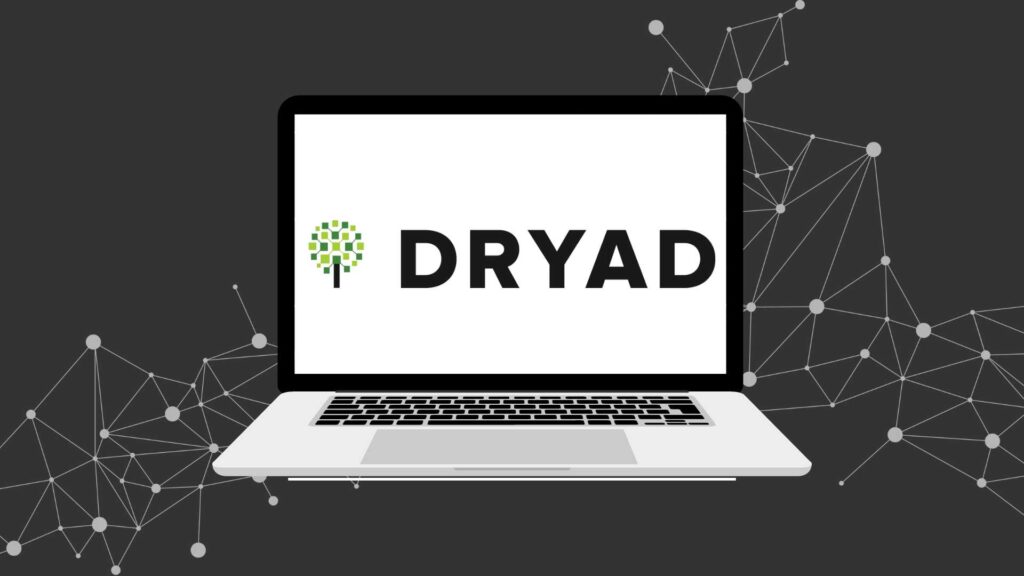
Need to Share Your Data? Try Dryad
Do you have questions about how and where to share your data to be in compliance with NIH Data Management and Sharing Policy? This policy expects that researchers will “maximize appropriate data sharing.” The Dryad Digital Repository may be a good solution for openly sharing your datasets.
Dryad is a curated resource that makes research data discoverable, reusable, and citable. This international repository of data underlying peer-reviewed articles in the basic and applied biosciences was developed by the National Evolutionary Synthesis Center and the University of North Carolina Metadata Research Center, in coordination with a large group of Journals and Societies. Dryad provides a home for a wide range of data types and is free to use for all Stanford-affiliated researchers.
Key features of Dryad:
- Flexible about file format, meaning you can upload your datasets in whatever form they take.
- Automatically assigns digital object identifiers, meaning researchers will be able to easily cite your datasets.
- Curated by experts, meaning that somebody at Dryad will check to ensure your files can be opened, you haven’t inadvertently shared sensitive data, and that you have included sufficient descriptive information for another researcher to find and use your datasets.
- Contents are preserved for the long term, meaning your datasets will be accessible indefinitely.
- See their FAQ page for additional information about Dryad’s features.
Dryad is free for Stanford Affiliated Users
Dryad uses ORCID iDs for login. The first time you log in, you will be asked if you are affiliated with a member institution. After selecting Stanford from the drop-down menu, you will be asked to sign in using your Stanford credentials. On every subsequent login, you will only have to use your iDs.
How to Publish and Share your Data
Enter Metadata
Once you have logged into Dryad, you can begin the process of publishing and sharing your data. After clicking Start New Dataset, you will be prompted to begin entering metadata. Good metadata (also called data documentation) is vital for ensuring that your dataset can be discovered, understood, and used by other researchers.
Dryad only requires that you complete the title, authors, and abstract fields, but we strongly recommend that you complete every field and upload additional documentation (e.g. data dictionaries, readme files, etc) alongside your dataset.
Upload Methods
Dryad has two different methods for uploading data. Both methods allow you to upload multiple files.
- Upload directly from your computer: For uploads less than 10gb.
- Upload from a server or the cloud. For uploads up to 300gb.
Curation
Once you’ve uploaded your files, you can decide to submit them to the curation process immediately or keep them temporarily private for peer review. During the curation process, expert curators perform basic checks to ensure that the title and abstract are meaningful, there are sufficient methods and usage notes, that files can be opened, and that no sensitive information of material subject to copyright restrictions have been inadvertently included in the dataset. As an author, you can review the curation process for your dataset.
____________________________________________________________________________
There are a variety of models and potential platforms for sharing your datasets with other researchers. Lane Library recommends Dryad as a way to openly share datasets that do not fit into more specialized repositories. For more information about Dryad, contact your liaison librarian and explore our Data Management and Sharing guide.
One comment on “Need to Share Your Data? Try Dryad”